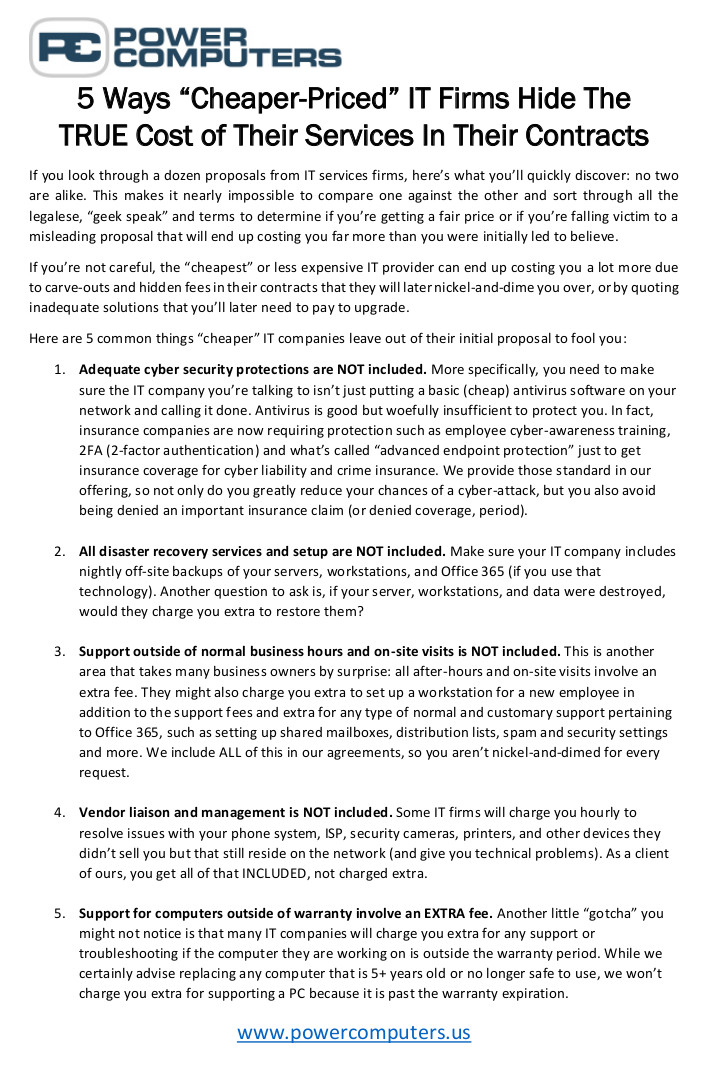 The vast, vast majority of people who are going to purchase from you care about the return policy. While many of them won’t ever use it, a Harris Poll said that over 90% of customers do factor in the return policies before purchasing something. This is especially important if you are selling intangible things, such as services, or a product that isn’t sold in stores – if they can’t hold something, they still want to know if and how it can be sent back.
The vast, vast majority of people who are going to purchase from you care about the return policy. While many of them won’t ever use it, a Harris Poll said that over 90% of customers do factor in the return policies before purchasing something. This is especially important if you are selling intangible things, such as services, or a product that isn’t sold in stores – if they can’t hold something, they still want to know if and how it can be sent back.
The fact of the matter is that without a good return policy, your business could suffer. People expect a lot out of businesses, and if you don’t meet those expectations, you could be looking at a world of trouble. So what makes a good return policy?
All-Encompassing
Historically, the “if you don’t like this product, your money back!” policy is one of the classics, even for infomercials. There is an implicit guarantee of quality behind a statement like that, and if they really do hate it they can get every penny back in their pocket if they wish. However, because of all-encompassing return policies like this, a good return policy has become more of a marketing weapon than a business standard – making it even more important.
If you don’t think you can afford this kind of return policy, you can always try it and see if it works for you. If it doesn’t, then it’s possible that you’re getting too many returns, at which point you should very much consider the quality of what you’re selling.
Long Return Time
For plain brick and mortar stores, 90 day returns make sense. This is because not everything gets used right away, and people are busy and may not notice a flaw until after a few uses. However, if you’re an exclusively online seller, then you can have a shorter “trial-period” – thirty days is standard, or even two weeks if the product is digital or a customer gains immediate access after payment.
Full Refund (No Strings Attached)
It’s incredibly important that you don’t attach strings to your refund if at all possible. Sometimes these strings include a reduced amount back if returned after a certain time period; buyer must pay return shipping; item must be in the same condition that it came in and, if it isn’t, you may not get your money back at all. While some of these policies can be unavoidable for certain services or products, overall they aren’t great things to throw on your customers. You should be backing the quality of your products, after all, meaning that you should eat the profit loss if a product doesn’t live up to a customer’s standards.
Regardless of whether you have a return policy or not, now is a great time to look over your policy (or make one) to ensure a customer’s satisfaction.



